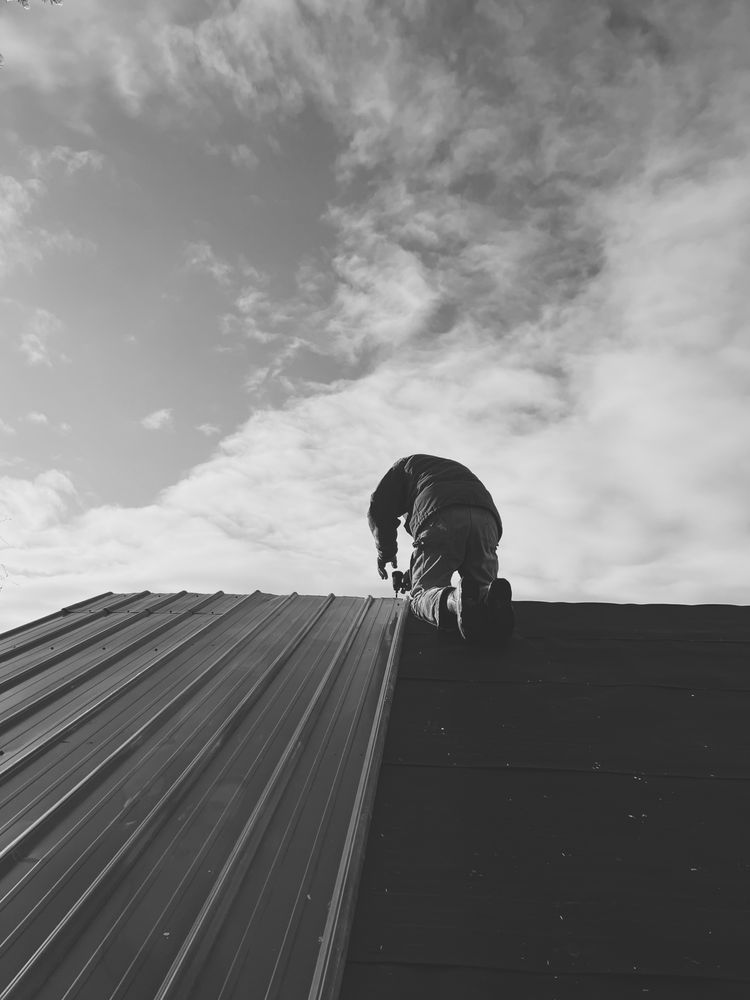Building Strength and Muscle
Greater Neural Adaptations following High- vs. Low-Load Resistance Training
Question: Why do some guys who lift heavier weights have greater strength than the low-load, high-reppers, despite similar growth in muscle mass?
There's evidence that more repetitions of lighter weight can build muscle mass just as well as fewer reps of heavier weight. Not really news, but it's still an odd concept that I haven't quite wrapped my head around. Well, the debate between how you use your body to build strength just got even more interesting with this study.
THE STUDY
26 men (averages: age 23; height = 5'9"; weight: 175 lbs.) completed leg extension resistance training to failure 3 times per week for 6 weeks. One group exercised with 80% of the maximum weight they could lift and the other did 30%.
The thing that makes this study unique is that researchers applied an electric current to the nerve that stimulates the quadriceps muscles used in leg extensions. This provided the data needed to determine the maximum force a muscle could generate.
They also took a wealth of too-complicated-to-list measurements, mapping out all the intricacies of the electrical side of force generation.
Big picture: this study examined the connections between nerves and muscles to determine maximum muscle activation. The researchers could then determine which method of exercise builds the most strength.
WHY I CARE
A study done in 2010 showed that high repetition with a low-load (30% of max) elicited similar increases in muscle growth compared to high-load (80% of max) low volume resistance training.
There's clarity there in regards to muscle mass, but I'm more interested in building strength. Just so we’re clear, these physical gains also translate from exercise done outside the gym too. For example, you could bike in higher gears, hike with a heavier backpack or go for a surf with a weighted vest. Ok, that last one isn't a thing.
I'm hoping these results clarify exactly the type of exercise you can focus on if you're like me and you appreciate efficiency.
RESULTS
As expected, muscle thickness increase was the same in both groups. The game-changer though was found in the high-load group: maximum voluntary strength was higher, as was peak twitch torque. We're talking conditioned strength here, which was determined to be a result of greater nerve stimulation.
Something else, participants found noteworthy improvements to their strength within the first few weeks of the resistance training program. Quick results, I support that.
SCIENTIST SAYS...
"Even at full effort, most people do not generate 100% of the force their muscles can physiologically produce," said Nathaniel Jenkins, an assistant professor of exercise physiology at Oklahoma State University.
"If you're trying to increase strength -- whether you're Joe Shmoe, a weekend warrior, a gym rat or an athlete -- training with high loads is going to result in greater strength adaptations," said Jenkins.
WAIT, BUT WHY?
The connections between our nerves and muscles have an impressive degree of adaptability. This idea suggests that high-load resistance training results in enhanced force (and torque), along with skeletal muscle hypertrophy. Two major benefits from one workout.
"During a maximal contraction, it would be advantageous if we are activating -- or more fully activating -- more motor units," Jenkins said. "The result of that should be greater voluntary force production -- an increase in strength. That's consistent with what we're seeing."
TAKEAWAY
Strength differs even when muscle mass doesn't. When it comes to building strength, high-load resistance training is a more time-efficient technique as it builds greater connections between your muscles and your nerves. The theory is that higher-load training will better condition the nervous system to transmit electrical signals from the brain to muscles, increasing the force those muscles can produce. We notice that as strength.
To be fair, low-load training is still a good option for those looking to simply build muscle or avoid putting extreme stress on your joints.





Member discussion